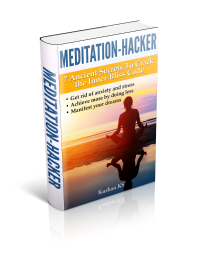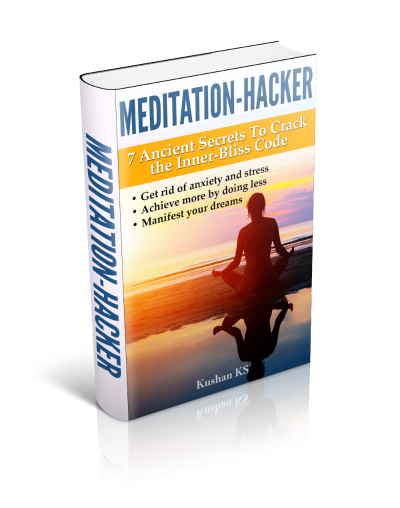Easy Meditation Techniques to Get You Started
"A human being is part of the whole, called by us the Universe; a part limited by time and space. He experiences himself, his thoughts and feelings as something separated from the rest, a kind of optical illusion of consciousness. This delusion is a kind of prison for us, restricting us to our personal desires and to affection for a few persons nearest us. Our task is to free ourselves from this prison" - Albert Einstein

There are probably as many meditation techniques as people on this planet.
The easy meditation techniques consist of a wide range of practices emphasizing different goals, ranging from relaxation and stress relief to healing and freedom from disease to greater creativity, while the more advanced techniques deal with reaching higher levels of consciousness.
But, these myriad techniques from various faiths and systems across the world can all be classified into three major categories:
Attention based meditation
Better known as mindfulness meditation, it involves paying attention to our breath, our body, our feelings, our mind or to the phenomena occurring around us.
(Soft belly meditation (Yes, you need this!))
It is a passive style of meditation, which does not encourage conscious thinking, only an alert awareness of our moment-to-moment experience.
Intention based meditation
Focused toward a particular outcome, it involves visualization (The neuroscience behind visualization meditation), chanting (primordial sound), imagery, invocation (mantra) or prayer (gayatri meditation).
It is an active style of meditation, normally done to achieve well being, peace or freedom from suffering.
Inquiry based meditation
Also called contemplative meditation, it finds frequent mention in books written by the present Dalai Lama.
It involves questioning a particular issue, deliberating on it, and then patiently waiting for a response from our own inner wisdom.
The meditation may take one of many forms - it could be a simple question regarding day-to-day affairs like "What is the solution to a problem?" or could concern itself with a profound metaphysical query such as "What is the meaning of life?" or may simply involve silent deliberation on a zen saying or koan.
Unlike the two earlier meditations, inquiry based meditation is both active and passive in that it starts by searching for an answer, but then waits for the insight or answer to come from within.
You will find here easy meditation techniques for beginners as well as some advanced meditation techniques like Kriya yoga that require diksha or initiation and can only be practiced properly in a guru-disciple relationship.
I suggest you start with this guide for breathing meditations, then try one of the three ways of doing chanting meditation before moving on to mindfulness meditation.
Return from Easy Meditation Techniques to Home

Get my book, Meditation-Hacker: 7 Ancient Secrets to Crack the Inner-Bliss Code and receive valuable information on meditation that you can use to improve the quality of your health and life.


Comments
I would love to hear your meditation experiences. And, if you are a beginner, your questions and apprehensions about meditation. Comment below or contact me directly through the navigation bar on the left of this page.